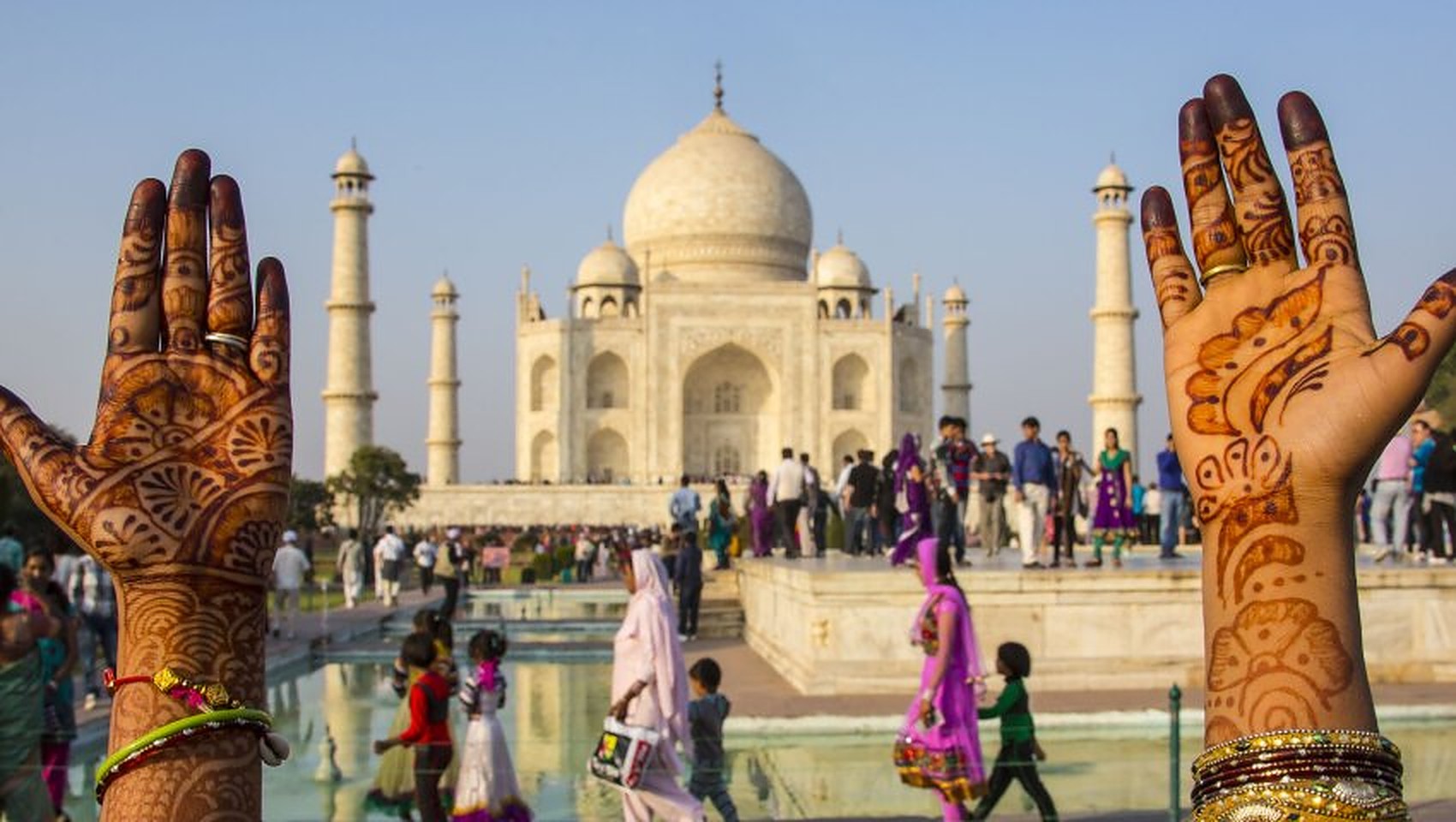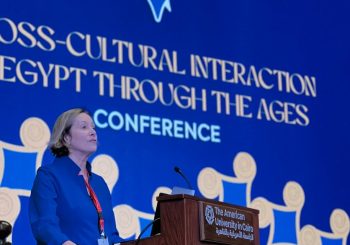“India lives in several centuries at the same time,” Arundhati Roy, a renowned Indian author, once said.
Geography may physically separate cultures and communities, but time can transcend boundaries.
While India seems far away geographically, time tells another story: that parts of Indian and Egyptian history are intertwined, and that both civilizations share a bond of relations extending from ancient ages to this day. Erasing all physical distances and borders, one is left with a trajectory of history that spans across centuries.
The link between Egypt and India has not been studied extensively, particularly due to systemic racism during the colonial period (1944-1948 CE), which prevented Western scholars from attributing any history to the people of India. But there is recurring evidence that India’s rich ancient history is connected with Egypt’s ancient past.
There is only one way that can revitalize the connection between the two countries: travel.
Egypt has recently revised its visa regulations and decided to provide Indians with visas-on-arrival, which will be valid for 30 days from the date of arrival.
Below are a few similarities between Egypt and India which may serve as encouragement for Indian travelers to rediscover the cultural connection between the two countries this summer.
Ancient History: an astounding similarity
Last May, a 1,900-year-old Buddha statue was found at the ancient Egyptian port city of Berenike on the Red Sea coast. The statue is believed by archaeologists to have belonged to a South Asian immigrant.
Richard Salomon, professor emeritus of Sanskrit at the University of Washington in Seattle, argues that the statue clearly demonstrates the presence of a settled Indian trading group in Egypt rather than passing traders.
Moreover, ancient historical records signify that there were Indians living in Alexandria, and the discovery of the statue implies that some of the Indians living in Egypt were Buddhists, according to Philip Almond, emeritus professor at the Institute for Advanced Studies in the Humanities at the University of Queensland in Australia.
Indians may also notice similarities between the Sphinx of Giza and other Sphinxes in their temples. The majority of Shiva temples, especially the older ones, have at least one sphinx depicted in their architectural design. The sphinx, or purushamriga, was generally placed in a location with special ritual significance by the sculptors where rituals would be performed.
Food: an affinity for spices?
The two nations’ shared fondness of spices is among their most striking commonalities. Egypt and India are both renowned for their incredibly varied and rich food, which is greatly influenced by the use of spices. Both cultures have a strong culinary heritage that depends heavily on the use of spices.
Indian tourists visiting Egypt will be happy to discover that many regional cuisines boast recognisable flavours like cumin, coriander, and turmeric. They can also explore local markets, such as El Souk in Luxor near the Karnak temple, which sells a variety of herbs and spices or the one in the Nubian village.
Music: connecting cultures through sound
Music is another area that illustrates how India and Egypt are similar culturally. Both nations have a long history of musical culture that has developed over many centuries. Egyptian music is distinguished by its use of percussion and the oud, a stringed instrument resembling a lute, whereas Indian music is renowned for its complex melodies and rhythms.
The usage of minor keys, scales and modes, as well as improvisation, are deeply valued in both cultures. In fact, Egyptian music has served as an inspiration for some of the most well-known Indian tunes. For example, one Indian song, Kaho na Kaho, is an exact replica of Tamally Maak by Amr Diab.
Live Egyptian music performances are frequently performed at Egypt’s hotels and cultural institutions, and they frequently feature traditional instruments like the oud and the qanun. Indian visitors can also explore and enjoy the magical dances of whirling dervishes near old Cairo by the Al Tannoura Egyptian Heritage Dance Troupe.
Egypt is a place that Indian tourists are likely to remember because of its fascinating history, colourful cuisine, and warm people. Both countries live in several centuries at the same time, weaving the past with the preset and the future. Change, not continuity, has been the norm for both nations whose resilience in the face of challenges is a result of their ability to adapt to any situation.







Comments (4)
[…] post Why Indians Should Visit Egypt this Summer: Music, Food, and More first appeared on Egyptian […]
[…] Source link […]